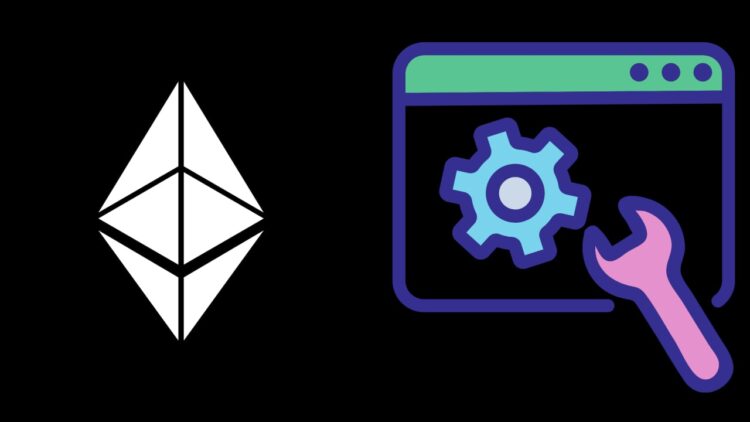On the 8th of June, Ethereum developers tested the Ropsten upgrade on the Ethereum network. While the merge was implemented successfully, developers noticed a loss of blocks. This was not unexpected, as Beiko had warned earlier that the test phase might face this kind of setback.
The Ropsten merge saw 30% of blocks lost on the testnet. While the loss of blocks on the testnet was expected, the high rate stunned ETH developers. Developers are now closely watching the network to troubleshoot the flaws.
The Ropsten launch was broadcast live, and co-founder Vitalik Buterin and Tim Beiko, a seasoned Ethereum developer, welcomed questions from the community. During the live broadcast, the proof-of-stake consensus was implemented on Ropsten successfully.
Notably, Vitalik warned developers that a straightforward implementation does not mean the network is perfect. He urged users to monitor the network closely and wait for blocks to be closed within 24 hours. Buterin added that the Fusion running well for a few hours did not guarantee success.
At the moment, the Ethereum network has a high block approval rate. About 96% of blocks on the mainnet get successfully approved, and a similar result on the testnet will signal closeness to success.
Criteria for Migration
For the upgrade to be completed, the network must switch from proof-of-work to proof-of-stake. A part of Ethereum’s network currently runs on proof-of-work, while another portion runs on proof-of-stake.
The Ropsten testnet has a low hash rate which makes it prone to attack. The goal is to improve Ropsten’s difficulty level to as high as 50 quadrillion hashes. This high level of difficulty can prevent attackers from penetrating the network.
Developers will have to configure their nodes to bypass the difficulty. Once the Ropsten upgrade is completed, the Goerli and Sepolia networks migration will follow. If these implementations go smoothly, the merge will be integrated into the mainnet in about two months.










